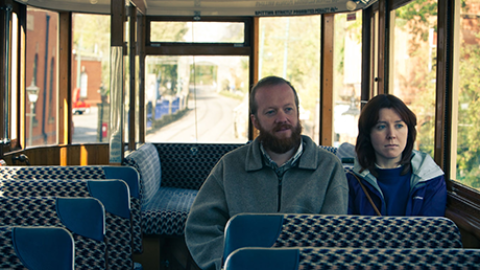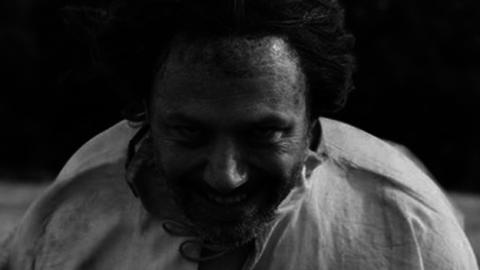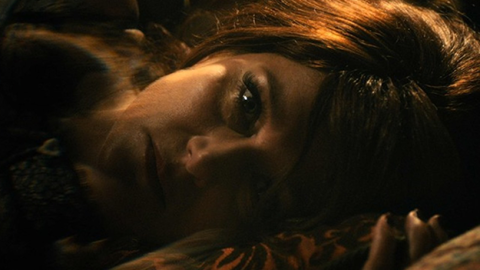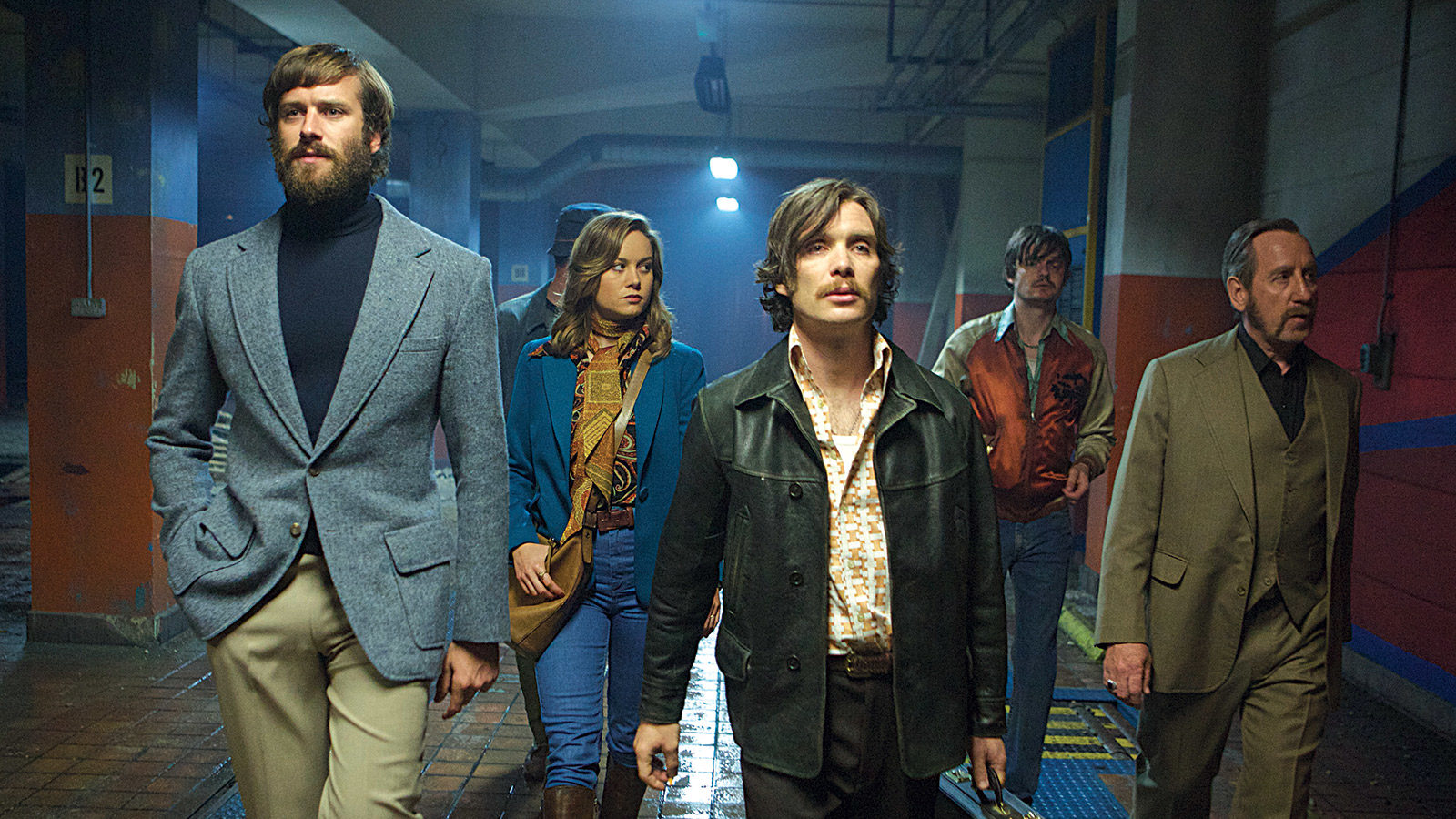
Review: Free Fire
Ben Wheatley’s latest imagines a movie shoot not as the biggest toy train set a boy ever had, but as the hugest laser-tag arena. Free Fire is a conceptual exercise that consists primarily of a protracted ensemble gunfight confined to the ground floor of an abandoned warehouse purportedly located somewhere in the precincts of Greater Boston. The location, as well as the film’s 1970s setting, have been chosen perhaps for cinephiliac reasons (cf. Englishman abroad Peter Yates’s 1973 The Friends of Eddie Coyle), perhaps because the locality fits the plot pretext of an IRA weapons deal gone awry (the actual Irish Republican Army here serving as a total abstraction), or perhaps because the period allows the cast, entirely male save for Brie Larson, to model a wide variety of facial hair—the most impressive being the bramble patch of beard worn by Armie Hammer as a suave hired hand.
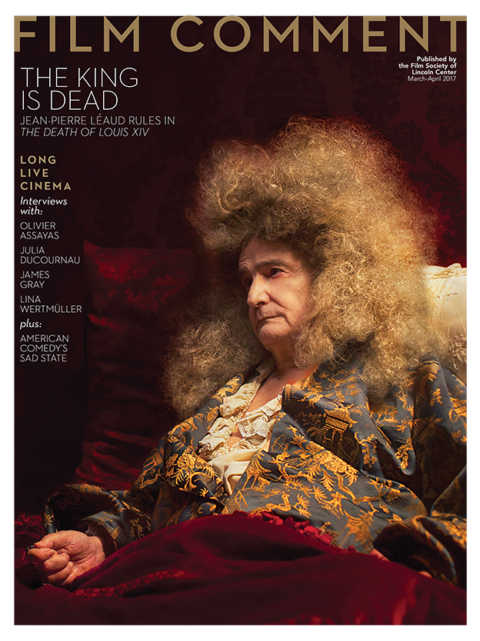
Since his 2009 debut feature Down Terrace, Wheatley has been prolific in a manner that few contemporary filmmakers achieve, working regularly with his co-screenwriter and partner, Amy Jump. Contrary to the accepted wisdom, all of this regular practice hasn’t led to consistently good results. He is here coming off his chaotic, utterly misbegotten, baldly bad adaptation of J.G. Ballard’s High-Rise (2015), a big-budget bonanza by Wheatley’s standards to date, and Free Fire has all of the signs of a palate-cleansing “little film,” though he’s just rendering the closed-set chaos on a smaller scale. “I forget whose side I’m on,” one of the cringing combatants hollers at one point, as if to reassure the viewer that they’re not alone in their disorientation.
Screen topography is an afterthought here, but Wheatley, Jump, and the cast expend no small amount of effort in individuating the shooters, with a bevy of accents, comic deliveries, and personality quirks established in a prelude that gathers the players together to arrange the sale of some contraband AR-70 assault rifles. That the order called for M-16s is only the first of the little hiccups that turn the whole deal into a shitshow. South African actor Sharlto Copley is the arms dealer exceedingly fretful over his Saville Row suit and the suitcase of “boodle”; Cillian Murphy and Michael Smiley spearhead the Irish contingent; and there are several mangled East Coast tough guy accents which call to mind the Al Pacino impressions in The Trip, with only a laconic Jack Reynor, given a shaggy makeover, actually sticking it.
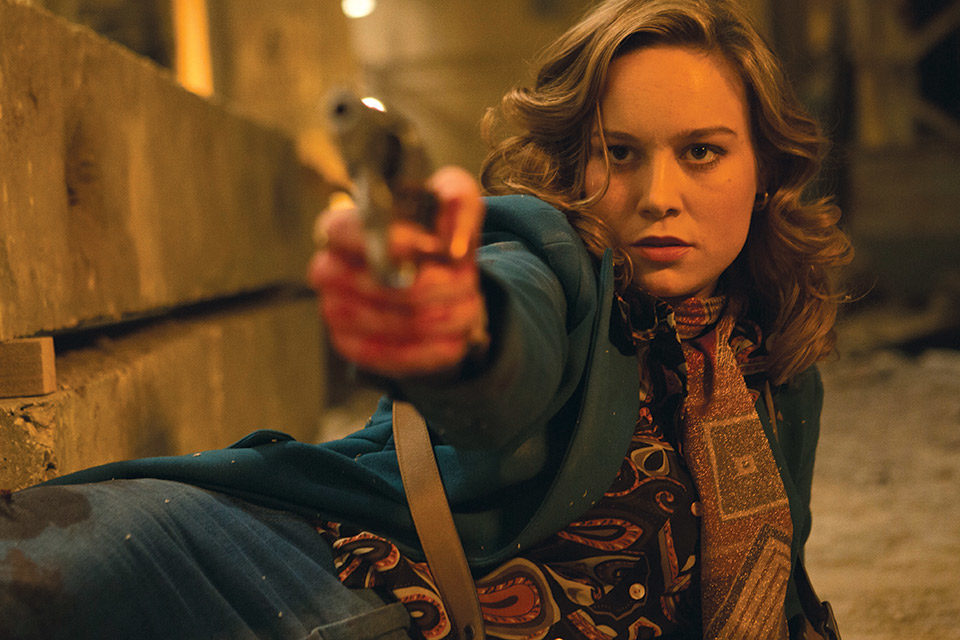
After the glib overlapping dialogue slows down so that the nattering guns can do most of the talking, what pleasure there is in the movie lies in watching how its creators solve the practical problems presented by the limitations inherent to their premise. For example: having over a dozen trained shooters blazing away for a full hour in close quarters would establish a frantic, impossible-to-maintain pace, so after a blistering opening salvo the legs are cut out from under the combatants one by one, leaving those who can’t hop or hobble to drag themselves on their bellies through the hazardous detritus on the warehouse floor. For all the squib-popping, the most painful moment in the film is a tossed-off bit involving a stray syringe, and it does give the impression of this being a truly endurance-testing shoot. The then-there-were-none countdown begins, and by the time the movie hits the homestretch, even those that haven’t been killed are as good as dead men shooting.
Free Fire is nothing if not dutiful, diligently toe-tagging every warm body and ticking every box in the cult-movie checklist, right down to the kicker girl-power hat-tip and the ironic soundtrack cue à la Reservoir Dogs, in this case John Denver. Wheatley is in his mid-forties, and there is a sense here that he is putting himself into the ring with the presiding pop film spirits of his undergraduate years—Tarantino and John Woo and the “gun-fu” of Woo’s Hong Kong acolytes. Who could have imagined 25 years ago that this sort of thing could come to feel so deathly tired?



